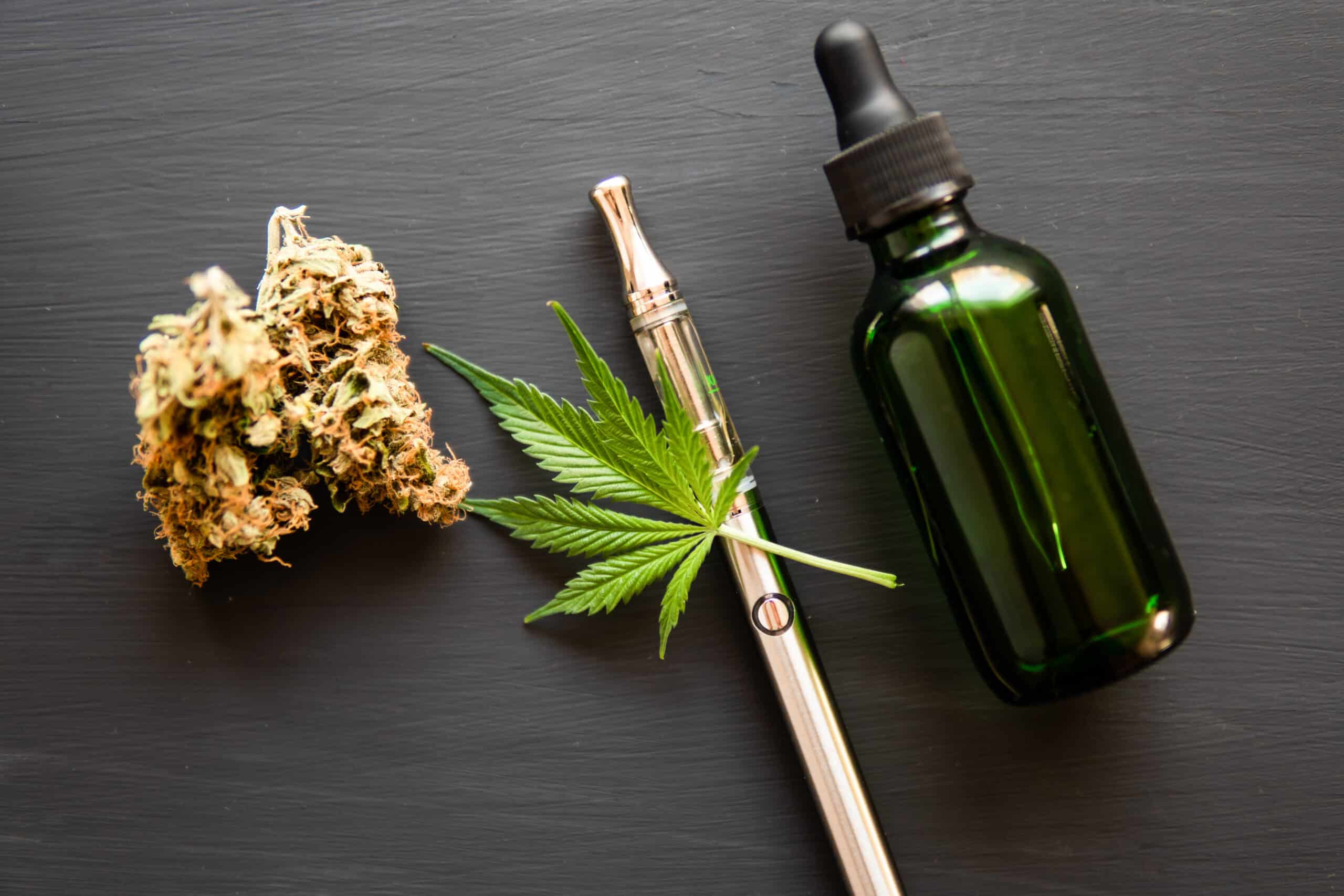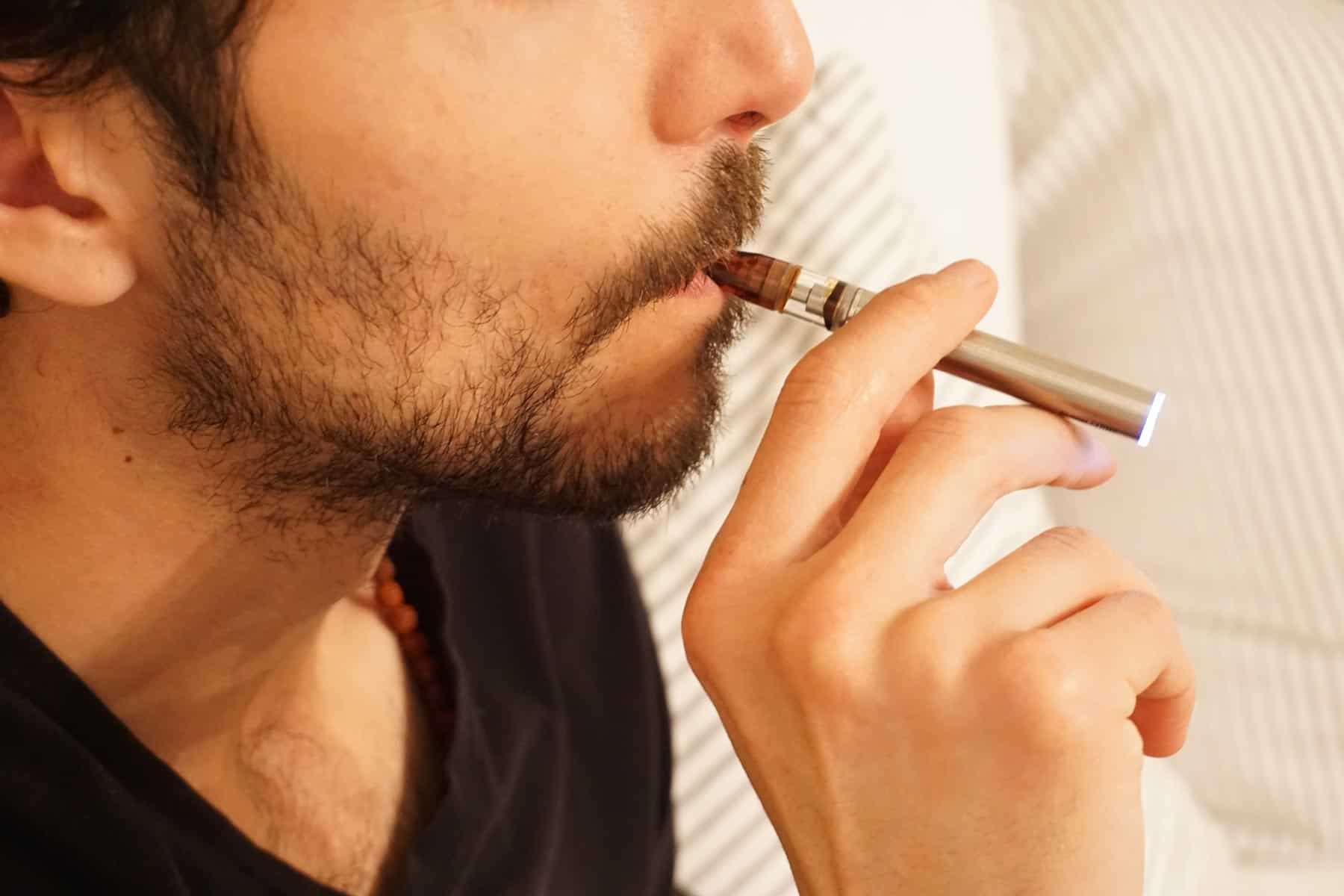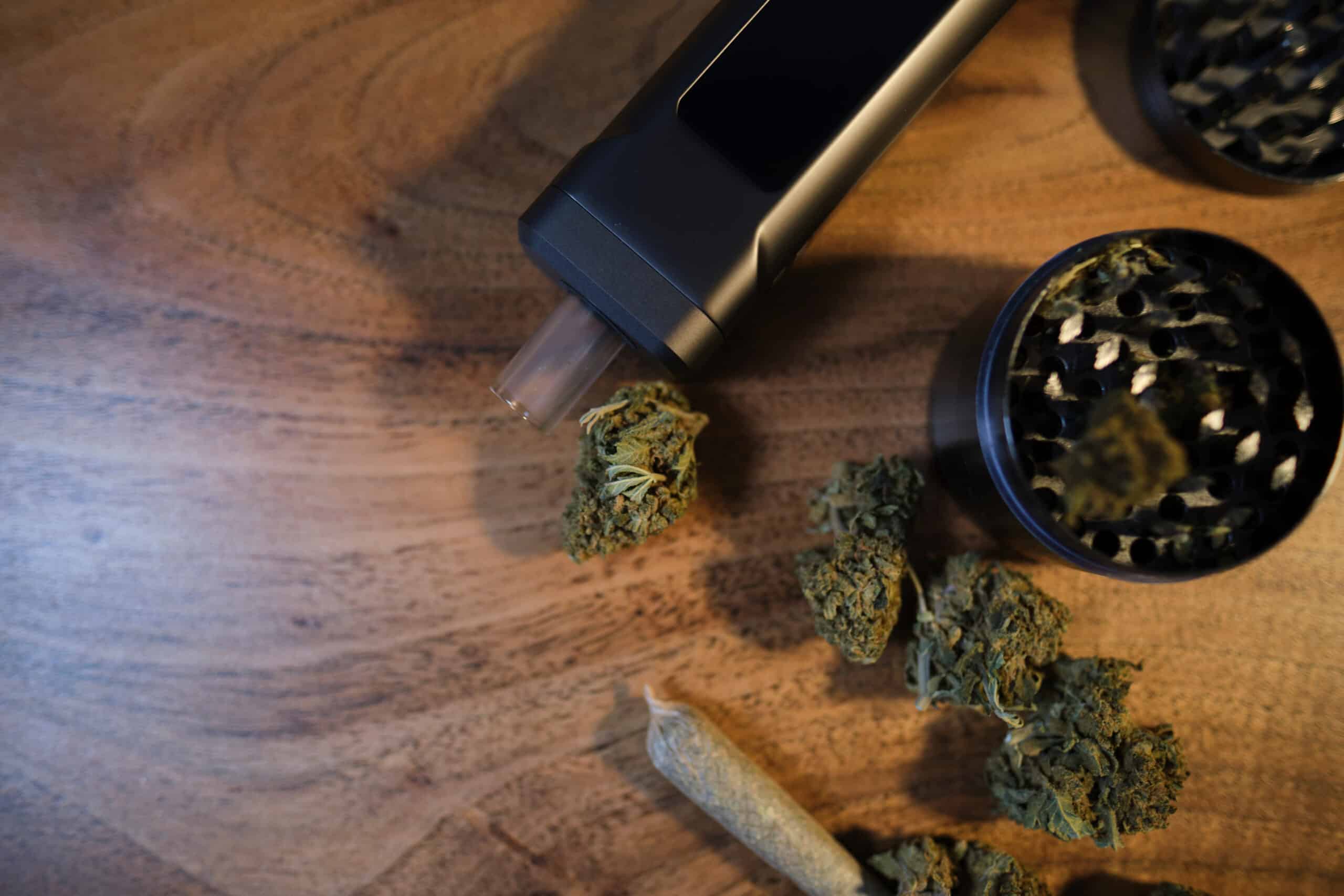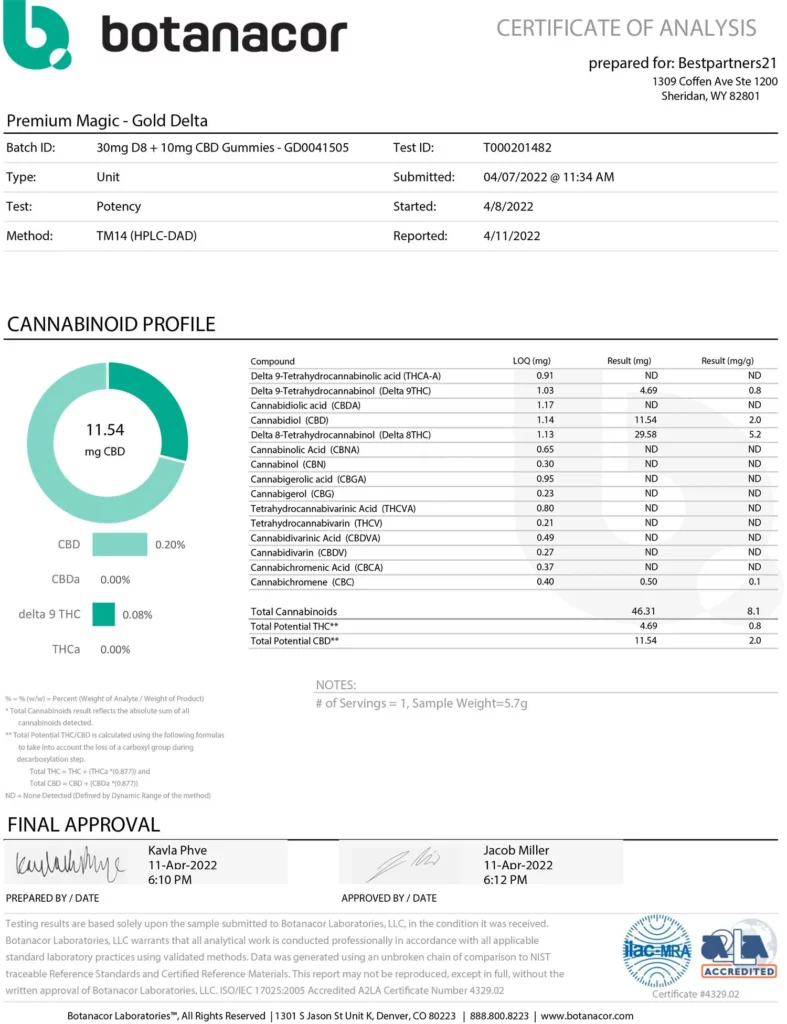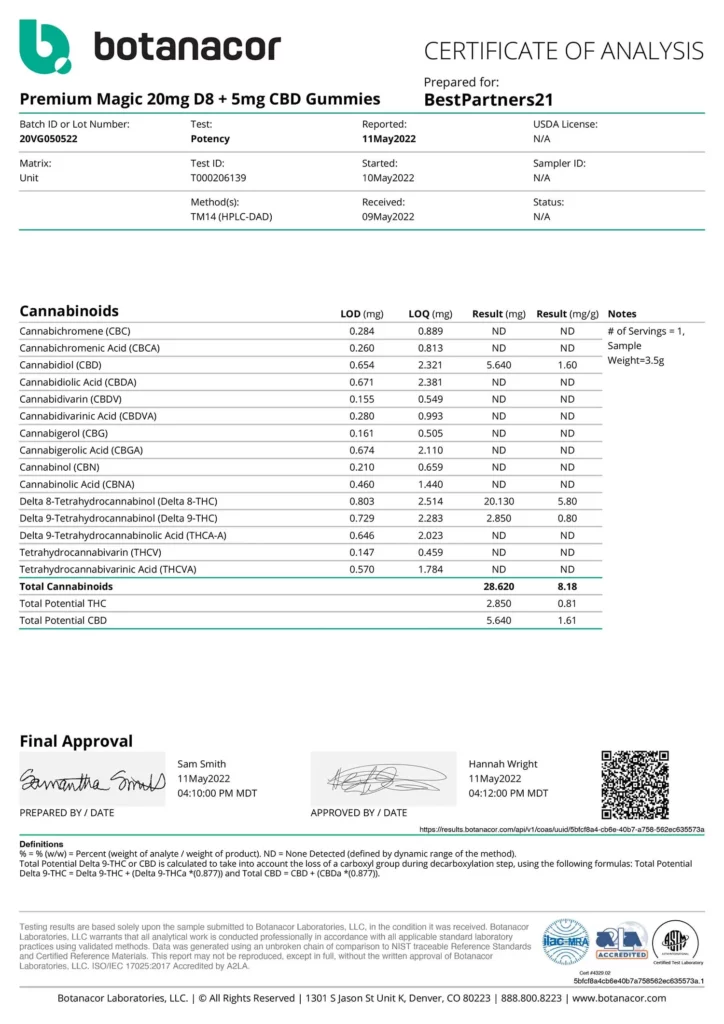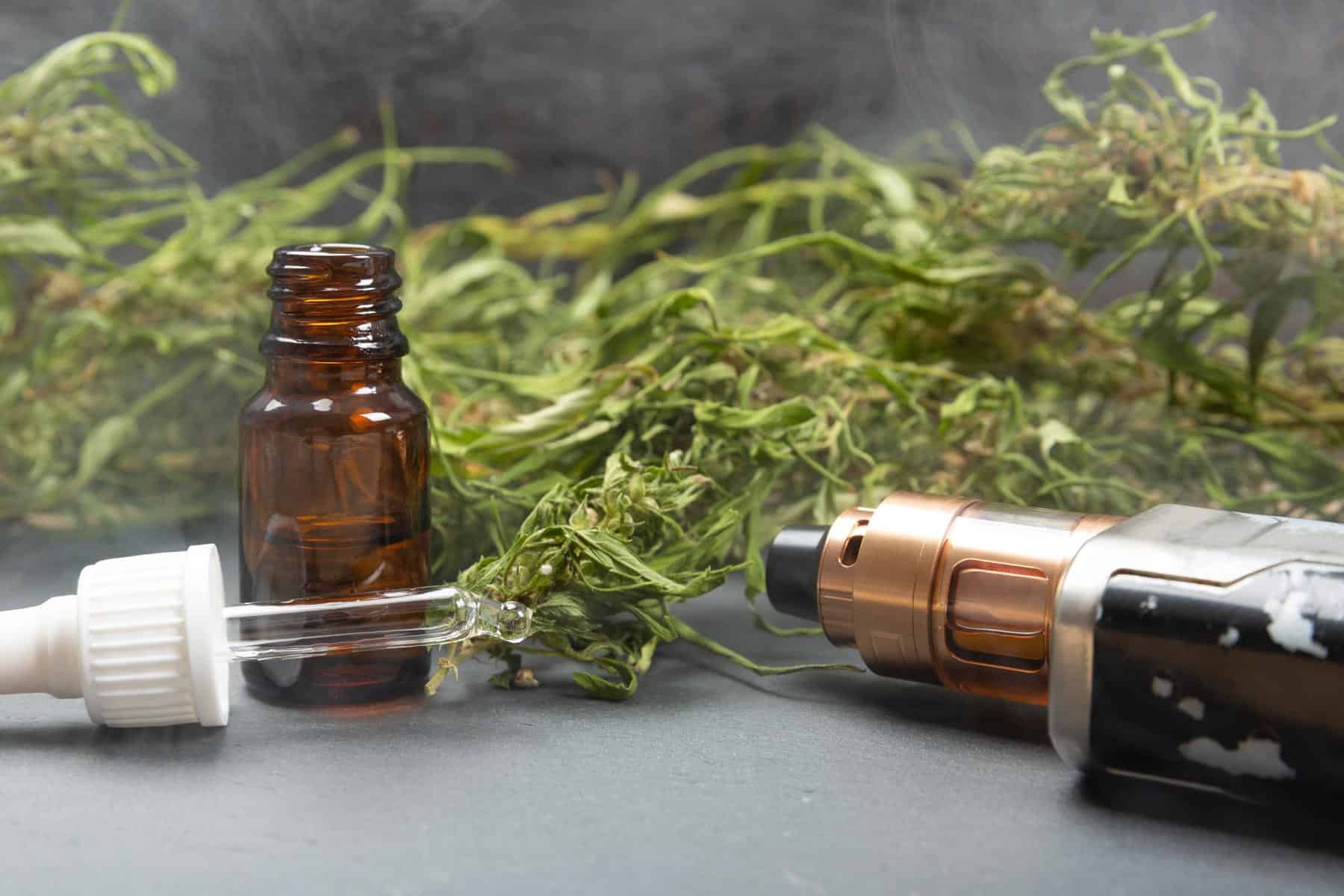
Decoding the Differences: Cannabis Smoking vs. Vaping

Welcome, fellow enthusiasts, to the enlightening world of cannabis consumption. As the curtain of prohibition lifts, we find ourselves in the middle of a thrilling journey, exploring and understanding the various means of savoring this ancient plant. Two means of consumption stand head and shoulders above the rest – cannabis smoking and vaping.
These two popular methods have woven themselves into the fabric of cannabis culture, each offering a unique journey through the world of cannabinoids and terpenes. But here’s the real question: how do they differ? Is the age-old tradition of smoking the superior route, or does vaping, the new kid on the block, offer a more refined experience?
Strap yourselves in, as we embark on a detailed comparison of smoking and vaping cannabis, shedding light on their differences and helping you make informed decisions about your consumption preferences. Let’s delve in, shall we?
Understanding Cannabis Smoking
Cannabis smoking is an ancient practice, a ritual that has withstood the test of time and has been passed down through generations. It’s been the method of choice for our ancestors, and many in our modern world still prefer the familiarity and comfort of this tried and tested method.
Smoking cannabis, in its essence, involves setting the plant matter alight and inhaling the smoke released. This smoke carries a cocktail of chemicals, including the much sought-after cannabinoids like THC and CBD, along with a symphony of aromatic compounds called terpenes that give each strain its distinctive fragrance and flavor.
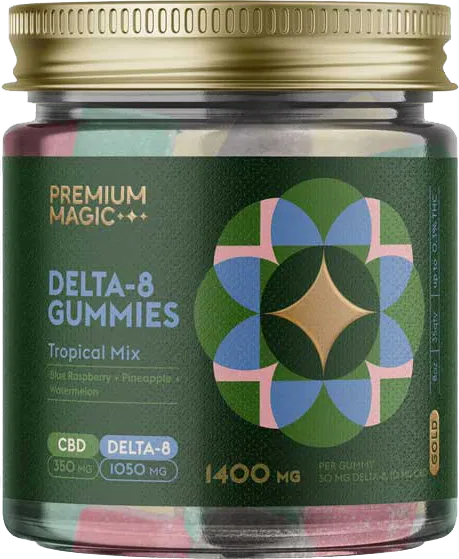
Delta-8 Gummies – Gold Tropical Mix
Original price was: $82.99.$39.99Current price is: $39.99.
Or Subscribe and Save 30%
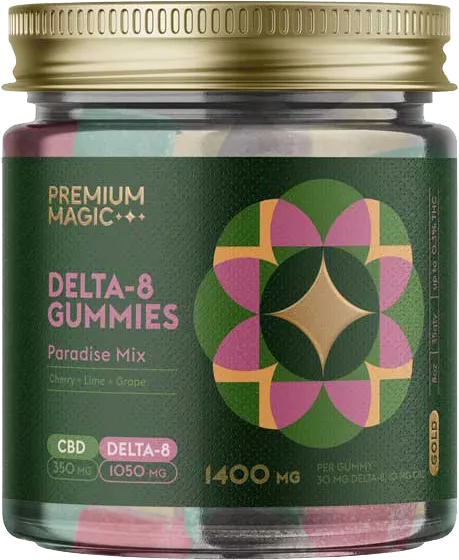
Delta-8 Gummies – Gold Paradise Mix
Original price was: $82.99.$38.99Current price is: $38.99.
Or Subscribe and Save 30%
There are a variety of ways to smoke cannabis. The most common ones include hand-rolled joints, often seen as a symbol of the cannabis culture. They are portable, easy to share, and give users the liberty to choose their preferred blend of cannabis. Next in line are the pipes, a small and convenient option, offering a straightforward approach to cannabis smoking.
Then we have the water pipes or bongs, a more elaborate setup that allows the smoke to pass through water, cooling it and filtering out some particulates. This results in a smoother, less harsh hit that’s loaded with flavor. For the connoisseurs seeking a sophisticated cannabis smoking experience, there are also hookahs and vaporizing pipes that ensure an even heat distribution for a better taste profile.
The experience of cannabis smoking is immediate and potent. The cannabinoids reach the bloodstream quickly via the lungs, leading to a rapid onset of effects. This gives users control over their high, allowing them to titrate their intake according to their comfort. This immediacy, coupled with the cultural ritual and camaraderie around passing around a lit joint, has enshrined cannabis smoking as an enduring favorite among cannabis users.
The Effects of Smoking Cannabis
When we delve into the effects of cannabis smoking, we embark on a journey that’s as unique as the individuals experiencing it. The intense and immediate onset of effects, the tangible ritual of lighting up, the shared moments with friends – all of these aspects combine to form an experience that goes beyond the physical.
As the flame touches the cannabis in your joint or pipe, it releases a complex array of cannabinoids, terpenes, and other compounds. Upon inhalation, these compounds are absorbed almost instantly into the bloodstream via the lungs. This rapid absorption is why you feel the effects of cannabis smoking within just a few minutes, often peaking within 30 minutes.
Cannabis smokers often report a sense of immediate relaxation and euphoria, coupled with altered sensory perception. Depending on the strain and individual tolerance, effects can range from feelings of joy and creativity to deep contemplation and introspection. The heightened sensory experience may enhance your appreciation for music, art, and food, while also promoting introspection and philosophical conversations.
Yet, the strength and immediacy of these effects also allow for a direct control that is unique to cannabis smoking. Users can titrate their intake, taking another puff for more intensity or holding back when they feel comfortable. This level of control is highly valued in social situations, where you may wish to maintain a certain level of high.
Moreover, the ritualistic nature of cannabis smoking – the grinding of the bud, the rolling of the joint, the flick of the lighter – adds another dimension to the cannabis experience. For many users, these tactile and sensory aspects of smoking are part of the appeal, cementing its place in the cannabis culture.
The Health Impact of Smoking Cannabis
When we consider the health implications of smoking cannabis, it’s essential to understand that while this herb is celebrated for its therapeutic properties, the act of cannabis smoking introduces elements that can counterbalance these benefits.
At the heart of the issue is the act of combustion. When cannabis is lit, the intense heat ignites a chemical reaction leading to the formation of numerous by-products, including harmful toxins and carcinogens, similar to those found in tobacco smoke. Inhaling these by-products can lead to various respiratory problems such as chronic bronchitis, lung inflammation, and an increased risk of respiratory infections.
Symptoms can include coughing, wheezing, and tightness in the chest. Over time, frequent cannabis smokers may find themselves more susceptible to bouts of colds, flu, and other respiratory infections. Heavy users might even experience changes in their lung function, similar to those observed in tobacco smokers.
Furthermore, for those who smoke cannabis mixed with tobacco, the risks associated with tobacco smoking, including heart disease and lung cancer, need to be factored into the equation.
It’s worth noting that while cannabis smoking has potential risks, it’s generally perceived as less harmful than smoking tobacco, mainly due to the frequency and volume of smoke inhaled. Also, the presence of certain cannabinoids, like CBD, may exhibit protective effects, although more research is needed in this area.
However, for those seeking to minimize potential harm, exploring other methods of consumption, such as vaping, can offer a compelling alternative. These alternatives promise the benefits of cannabis without the same level of risk posed by inhaling combusted plant matter, making it an attractive option for health-conscious users.
The Rise of Vaping Cannabis
Vaping, short for vaporizing, is a relatively new method of cannabis consumption that has gained popularity due to its perceived health benefits over cannabis smoking. Vaping involves heating the cannabis to a temperature that turns its active compounds into vapor. This can be done using cannabis flowers or concentrates in a variety of vaping devices.
The Experience of Vaping Cannabis
Let’s set foot into the modern realm of cannabis consumption – vaping. A practice that marries the traditional benefits of cannabis with contemporary technology, offering a completely different user experience compared to smoking.
When you vape cannabis, the plant material or its extracts are heated to a temperature that turns the active compounds into vapor. This vapor is then inhaled, offering a more controlled and gentle introduction of cannabinoids into your system. The result? A subtler, clearer, and often more manageable high than cannabis smoking.
The onset of effects from vaping is a tad slower than cannabis smoking but don’t mistake this for inefficiency. Many users appreciate this delayed onset, as it allows them to better anticipate and control their experience. It’s a slow dance with the plant, allowing for a more measured and manageable encounter, ideal for both newcomers navigating their tolerance levels and seasoned users seeking a steady, prolonged experience.
But it’s not just about control. Vaping has also been celebrated for its superior flavor profiles. When cannabis is vaped, the delicate terpenes aren’t subjected to the harsh temperatures of combustion, allowing them to be experienced in their full aromatic glory. Users often report being able to taste and differentiate between strains more clearly when vaping, transforming the act of consumption into a gourmet affair.
Vaping devices are a world of their own, ranging from pocket-sized vape pens to larger tabletop units. Each device offers unique features like temperature control and session timers, further customizing the vaping experience to individual preferences. Plus, the discretion and convenience offered by many vaping devices make it an attractive choice for those seeking a low-profile method of consumption.
Health Implications of Vaping Cannabis
Now, let’s navigate the less explored waters of vaping’s health implications. While the method has been touted as a healthier alternative to cannabis smoking, it’s essential to unpack what this means and the factors at play.
The fundamental difference between vaping and smoking lies in the absence of combustion in vaping. By heating cannabis at lower temperatures, vaping eliminates the smoke associated with burning plant matter and subsequently reduces the inhalation of harmful by-products. This is a critical distinction, especially for medical cannabis users and others who are more health-conscious.
Research supports this notion. Several studies suggest that people who switch from cannabis smoking to vaping report fewer respiratory symptoms. The reduced exposure to harmful compounds is likely to lead to better lung health over time compared to smoking cannabis.
However, it’s essential to approach these claims with a nuanced perspective. Not all vaporizers, and indeed not all vape materials, are created equal. Some vaporizers may heat cannabis unevenly, leading to combustion and smoke. Similarly, low-quality cannabis or contaminated vape oils can also pose health risks, including exposure to heavy metals and other contaminants.
Moreover, while the risks associated with vaping cannabis are generally perceived to be lower than cannabis smoking, vaping is a relatively new phenomenon, and we’re still in early stages of understanding its long-term health effects.
To ensure a safe vaping experience, opt for high-quality vaporizers and cannabis products from reputable sources. A well-made vaporizer that allows for temperature control is a worthy investment for any health-conscious cannabis consumer.
Ultimately, while vaping can offer a potentially less harmful alternative to smoking, it’s not entirely risk-free. As with any cannabis consumption method, moderation, awareness, and education are key to maintaining your health and wellbeing.
Conclusion: Smoking vs. Vaping Cannabis – The Verdict
In conclusion, both smoking and vaping have their unique sets of benefits and drawbacks. The choice between the two depends largely on individual preferences, health considerations, and desired effects. Smoking offers an immediate, potent high and is often associated with the traditional cannabis culture. In contrast, vaping provides a cleaner, potentially less harmful experience with greater flavor preservation.
In the end, understanding these differences empowers us to make informed choices about our cannabis consumption. As the science around cannabis continues to evolve, we look forward to more research and innovation in consumption methods, offering even more ways to enjoy the benefits of this versatile plant.

